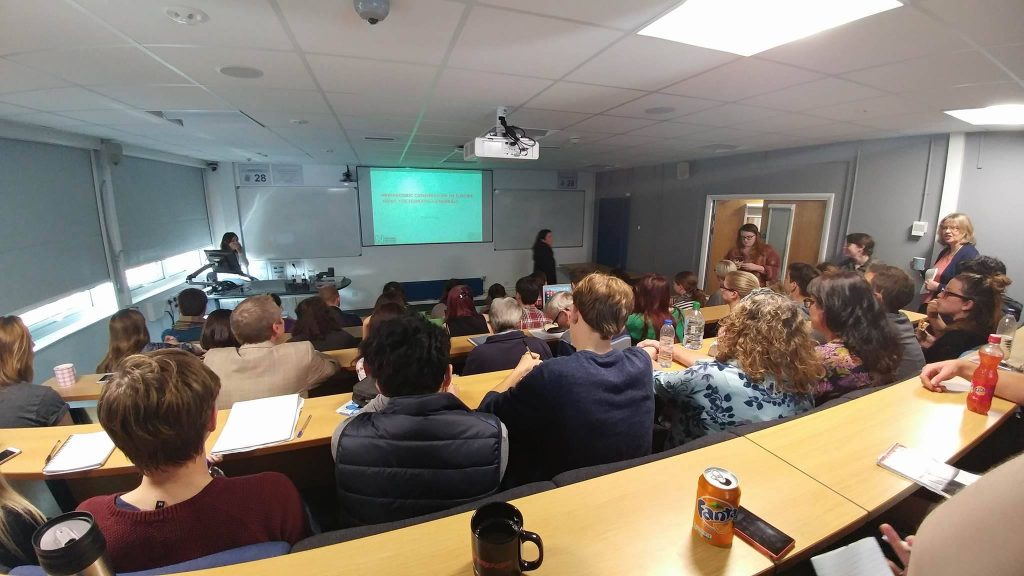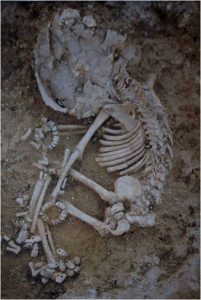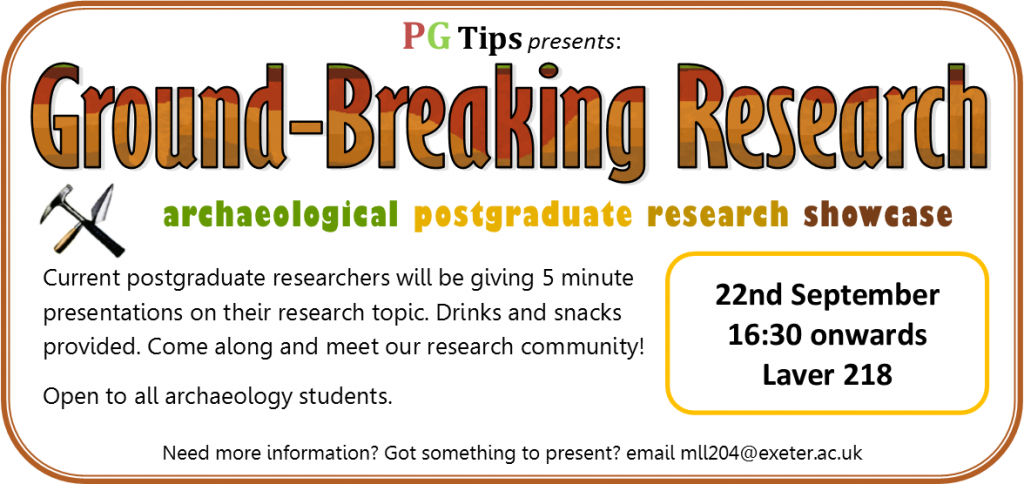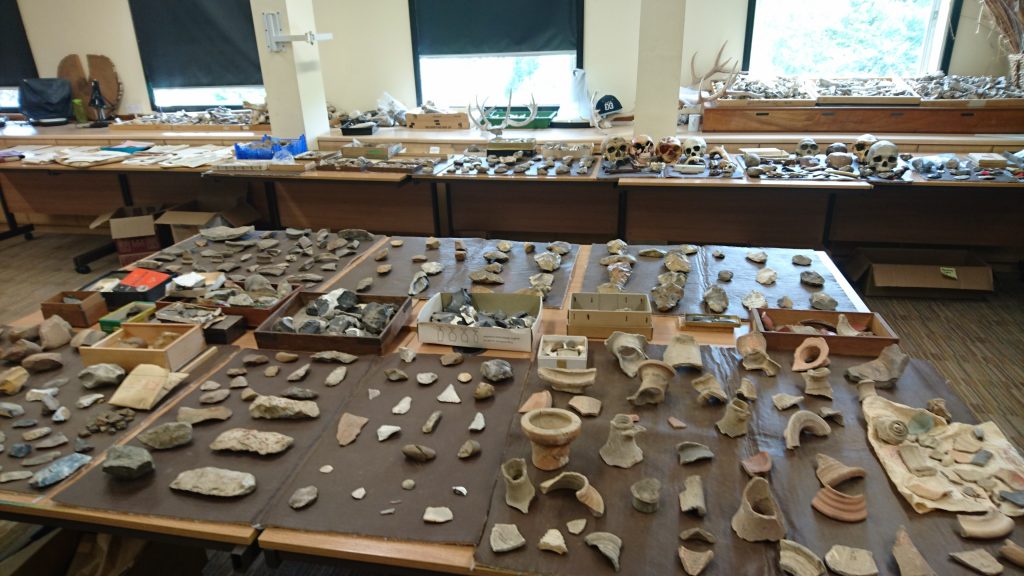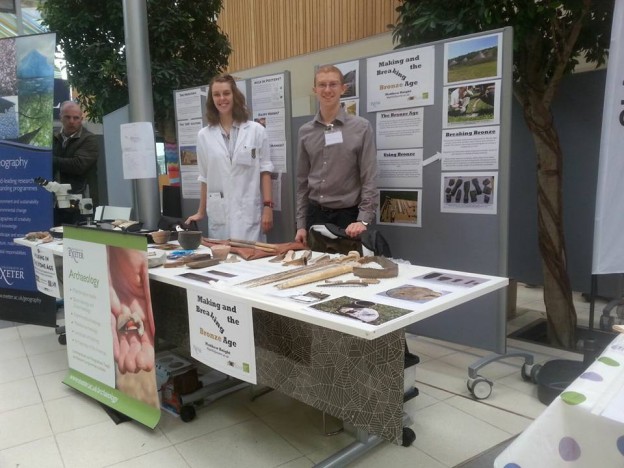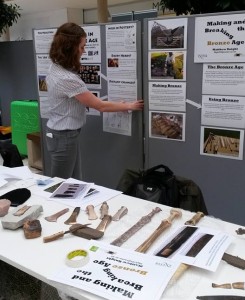PhD student Alice La Porta is undertaking archaeological experiments on the nature of Neanderthal spear use this summer as part of her PhD project on Middle Palaeolithic stone tool projectile technology. Read all about her research below!
Did Neanderthal use stone-tipped wooden spears as throwing hunting weapons?
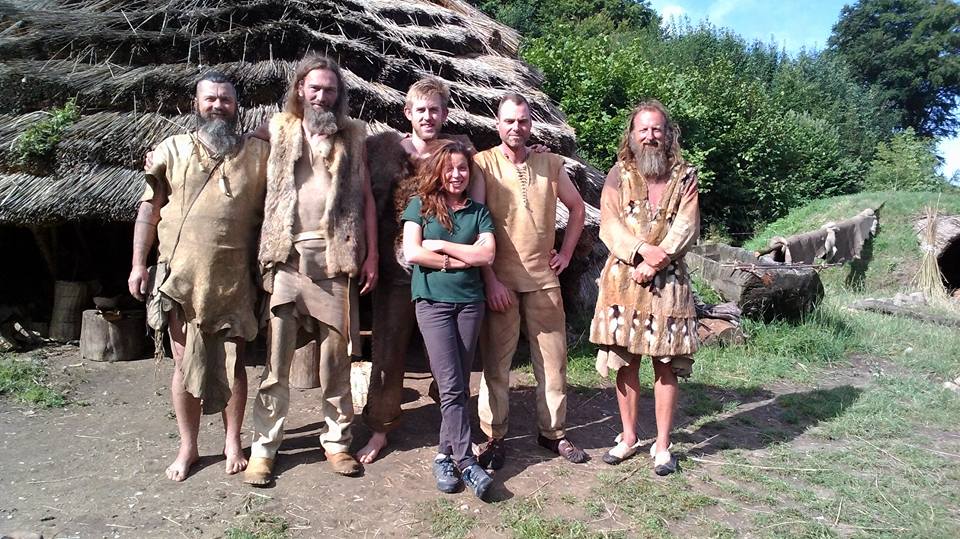
Alice la Porta during the first set of experiments (summer 2015), at Aöza Open-air Museum during the “Mesolithic Living” project.
In Europe, a small number of wooden spears have been found in archaeological contexts from the Lower and Middle Palaeolithic (c. 1,200,000-40,000 years ago), such as at Schöningen, Clacton and Lehringen. The first suggestion that such spears had stone tips comes in the European Middle Palaeolithic, the time of the Neanderthals, in the form of distinctive stone points, also called Levallois or Mousterian points. But how can we be certain that these stone points were used by Neanderthals as spear-heads for their wooden spears? Analysing the utilization wear and the impact fractures present on the surfaces of modern, experimentally-used spear-tips and archaeological stone points, using optical and digital microscopes, is one approach to inferring the prehistoric uses of these tools. Continue reading →
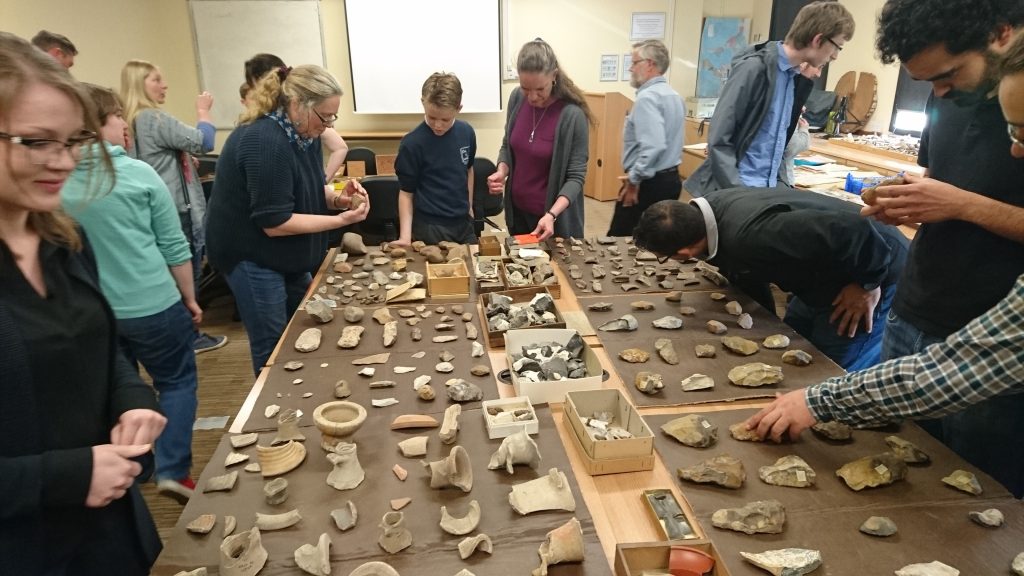 The new academic year is upon us, and we’ve got a brilliant programme of research seminars to deliver for the next two terms! Almost all research seminars will take place on Thursdays, from 2:30-3:30pm, in Laver LT3. All are welcome to attend.
The new academic year is upon us, and we’ve got a brilliant programme of research seminars to deliver for the next two terms! Almost all research seminars will take place on Thursdays, from 2:30-3:30pm, in Laver LT3. All are welcome to attend.
